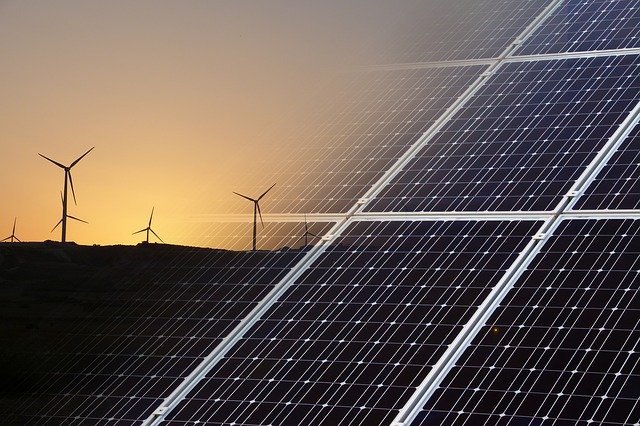
As the world adds fields of wind turbines and solar panels to generate more clean energy, electric grid operators are looking for ways to smooth out the variability that comes with renewables.
Amid this quest for increased flexibility, the International Energy Agency (IEA) has issued a reminder, of sorts:
Don’t forget hydropower.
One of the largest sources of renewable electricity today, hydropower can help balance fluctuating output from wind and solar farms.
To explain this potential, IEA recently published the first in a series of white papers on valuing hydropower services, outlining their potential role in an evolving energy system.
The paper assembles an international team of expert contributors including Audun Botterud, an energy systems engineer at the U.S. Department of Energy’s (DOE) Argonne National Laboratory.
“In trying to better understand these evolving power systems and markets, we look at what can play a role in transitioning to a cleaner electricity supply,” he said.
“Batteries are getting a lot of attention, and so is natural gas. Hydropower shouldn’t be left out, because it is a big resource already — and a flexible one.” — Audun Botterud, Argonne energy systems engineer
Making the most of wind and solar energy can be a challenge for grid operators, since they must account for when the sun doesn’t shine and the winds are low. This flexibility ranges from milliseconds to years.
“It can be hard to predict how much you will get out of those resources at any given point in time,” said Botterud, who has analyzed the integration of renewable energy into power systems and electricity markets over the last 15 years.
“That gives rise to the need for flexible resources that can compensate.”
Hydropower facilities store energy in the form of water that is held in a reservoir and then released to spin turbines. Because it harbors large amounts of easily controlled energy, hydropower is a good complement to variable renewable energy, Botterud said.
Different countries’ current needs for this kind of flexibility vary. In Brazil, India and China, for example, where wind and solar are not yet making a large impact on the overall grid, hydropower can help balance short-term variations in the power system.
The need is more acute in Denmark, Ireland and South Australia, where long-term flexibility is also needed as the energy system becomes increasingly dependent on weather variability. In these scenarios, hydropower can be particularly valuable.
“Dams can store energy on a seasonal basis,” Botterud said. “Compare that to batteries, which can only store energy for hours. You need both types of storage in the system.”
Some places will need to build additional hydropower capacity in the coming years to get this kind of predictable, robust clean energy capacity. Elsewhere, existing hydropower resources may need upgraded equipment, increased maintenance, more intensive monitoring, and additional transmission capacity to carry power where it is needed. Power markets will need to change, too.
“Markets in most regions have been designed around a traditional resource mix based on fossil fuel generation,” Botterud said.
“To some extent, we will need to rethink how resources are valued in the power system. Flexibility is now in higher demand, so we should make sure that flexible resources like hydropower get compensated accordingly.”
Botterud is one of several researchers at Argonne, Lawrence Berkeley National Laboratory and other institutions working to analyze and improve the integration of renewable energy on electric grids.
Coming later in 2020 is another IEA hydropower white paper focusing on electricity market issues related to hydropower and flexibility.
A number of different technologies can instill more flexibility in power grids as variable renewable energy grows in the coming decades, Botterud said.
“Batteries are getting a lot of attention, and so is natural gas. Hydropower shouldn’t be left out, because it is a big resource already — and a flexible one.”



